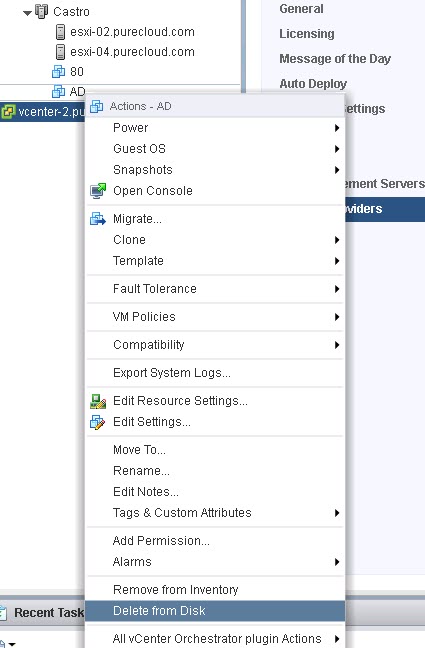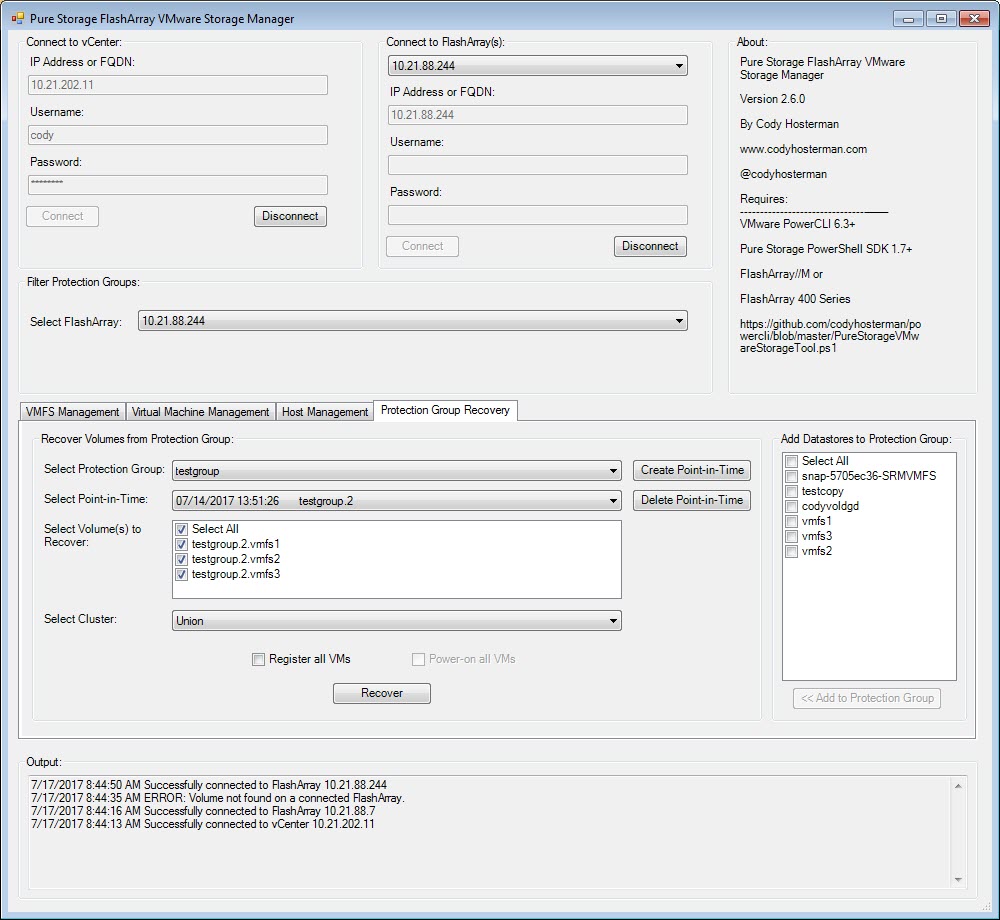This is a blog post I have been waiting to write for a long time. We at Pure Storage are pleased to announce that vSphere Virtual Volume support on the FlashArray is officially GA!
The FlashArray now supports running VVols in Purity 5.0.0 and later. The cool thing about the FlashArray is the flexibility of the Purity Operating Environment–so VVols are supported on all FA 400 models (405, 420, and 450), //M models (m10, m20, m50, m70) and FlashArray//X. Continue reading “Announcing Pure Storage FlashArray VVol GA”





